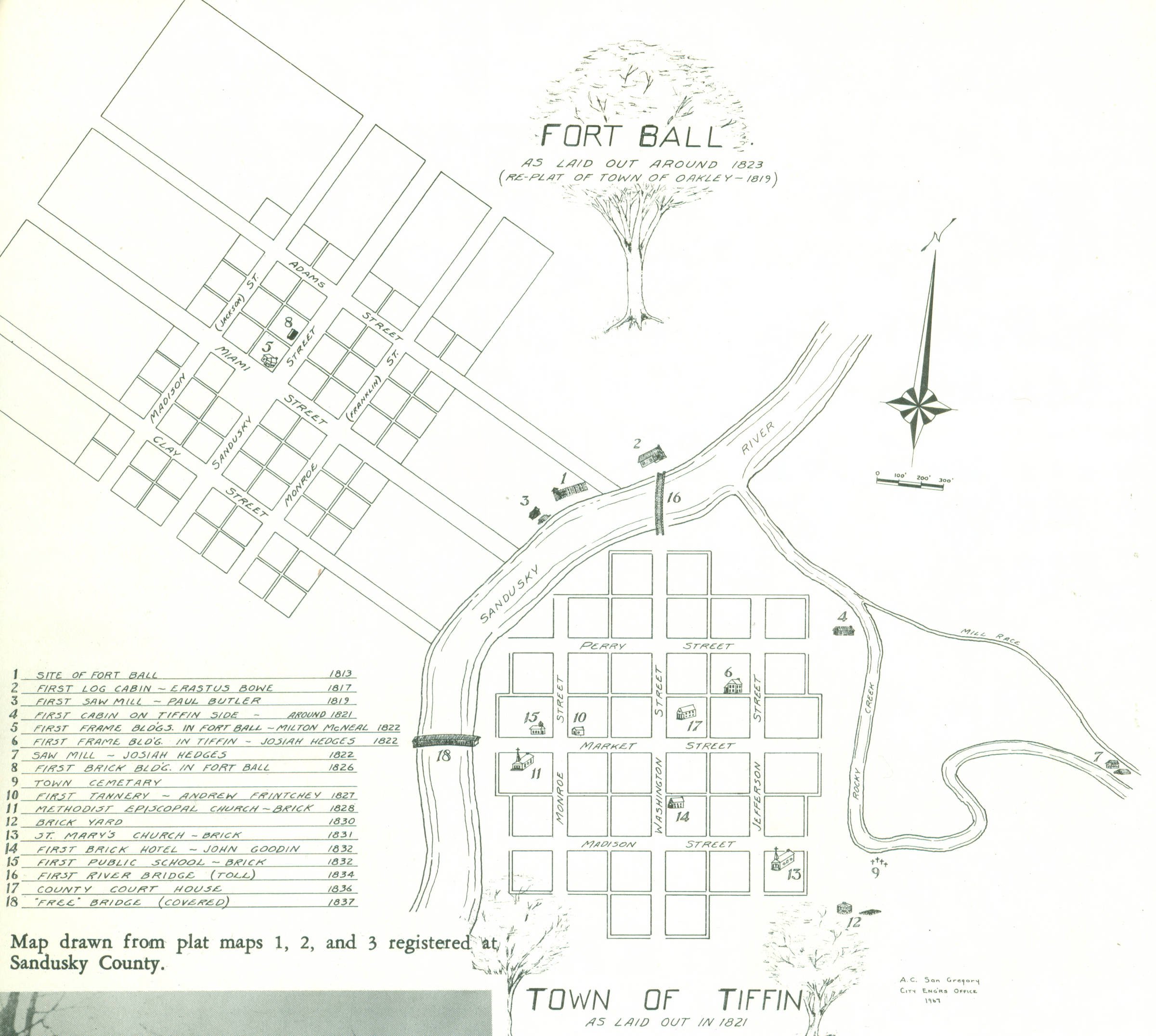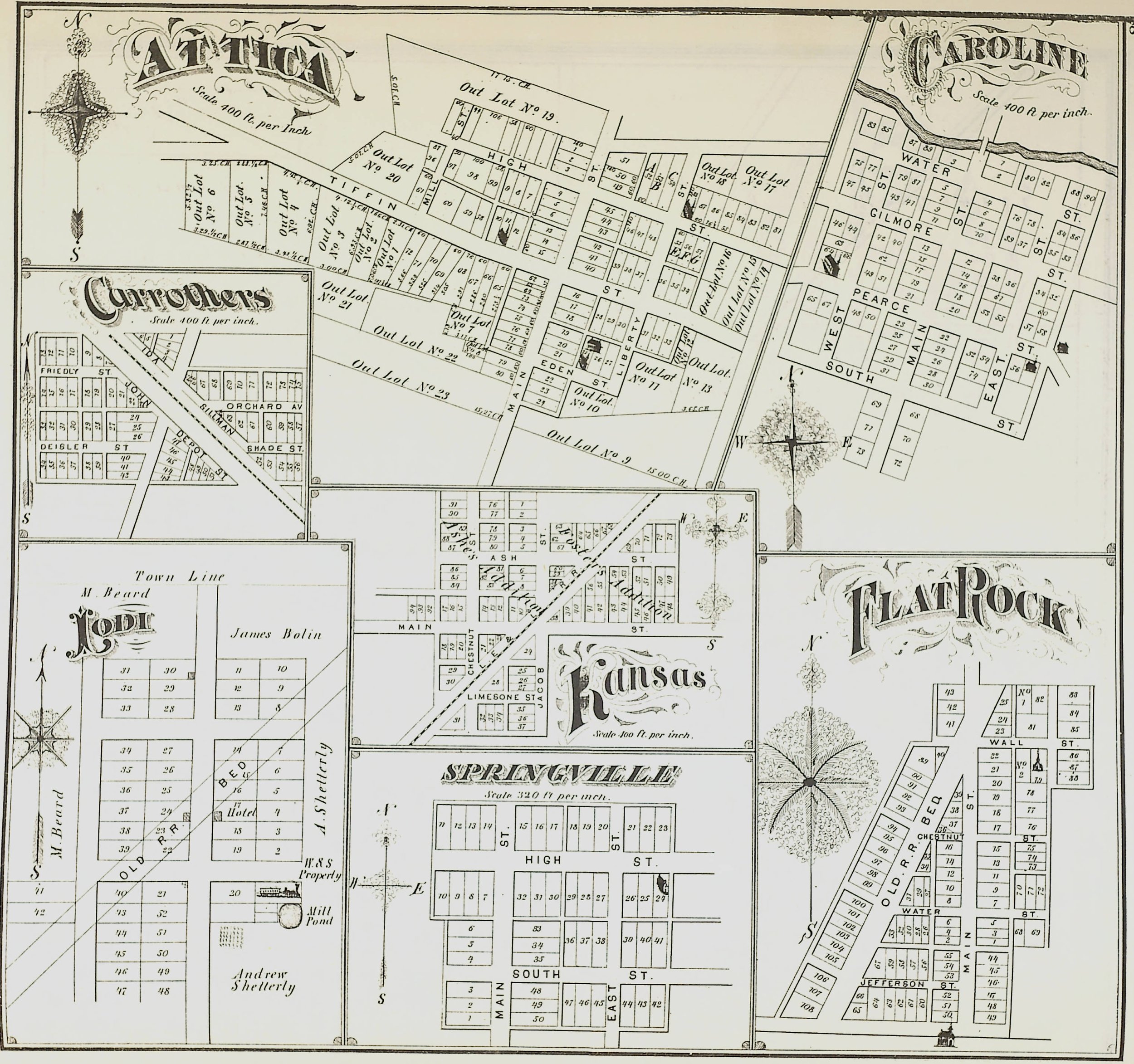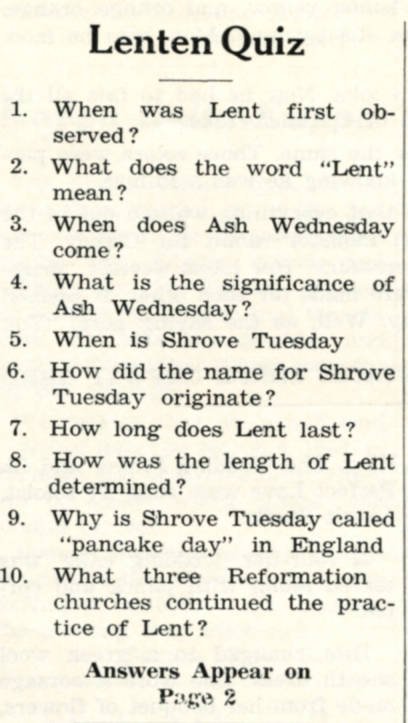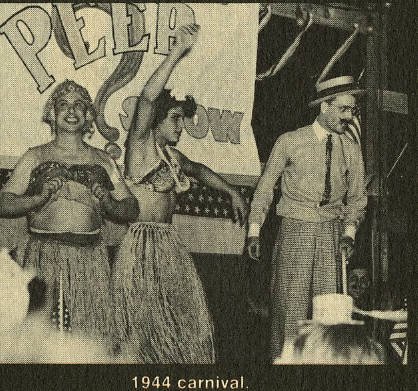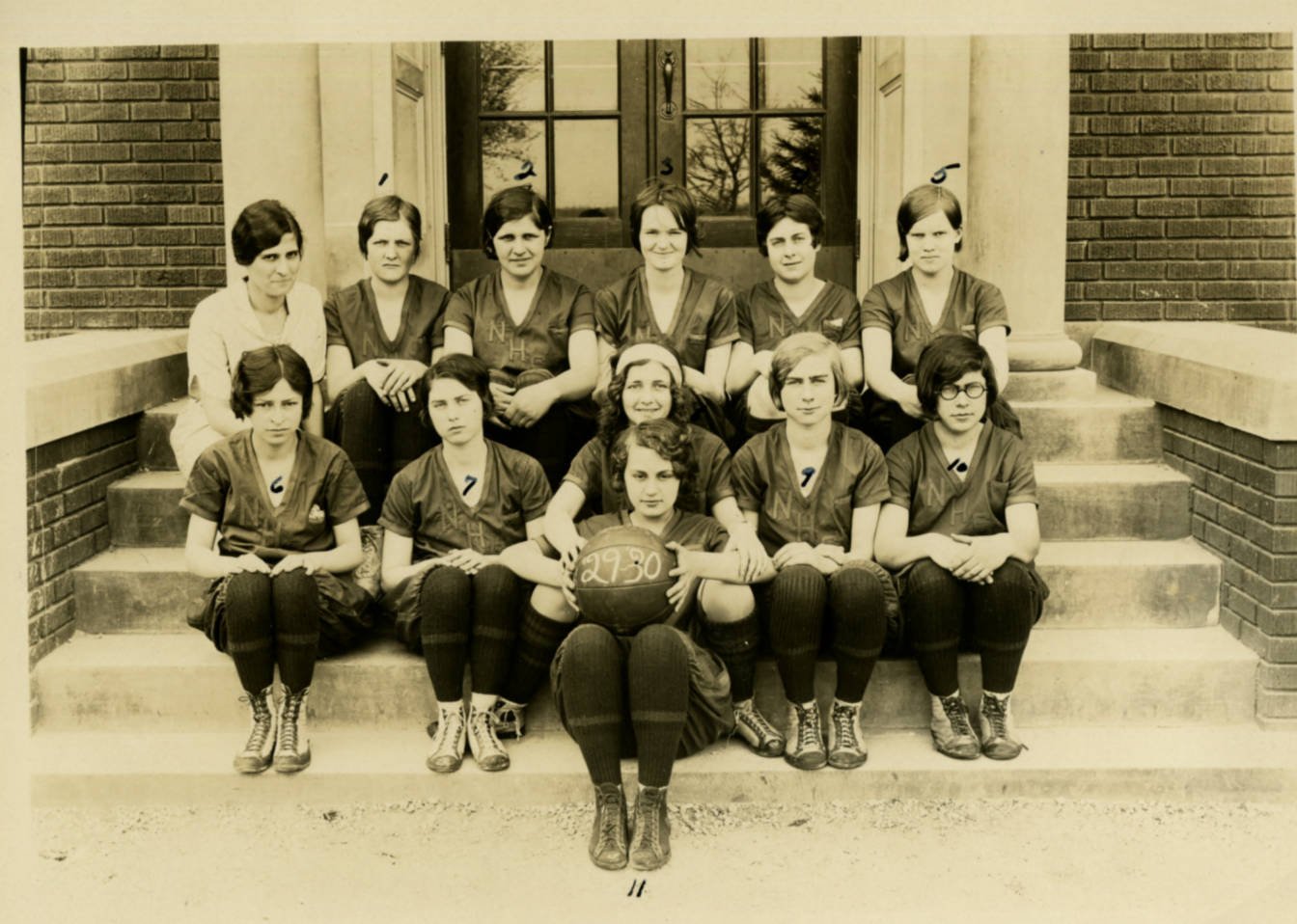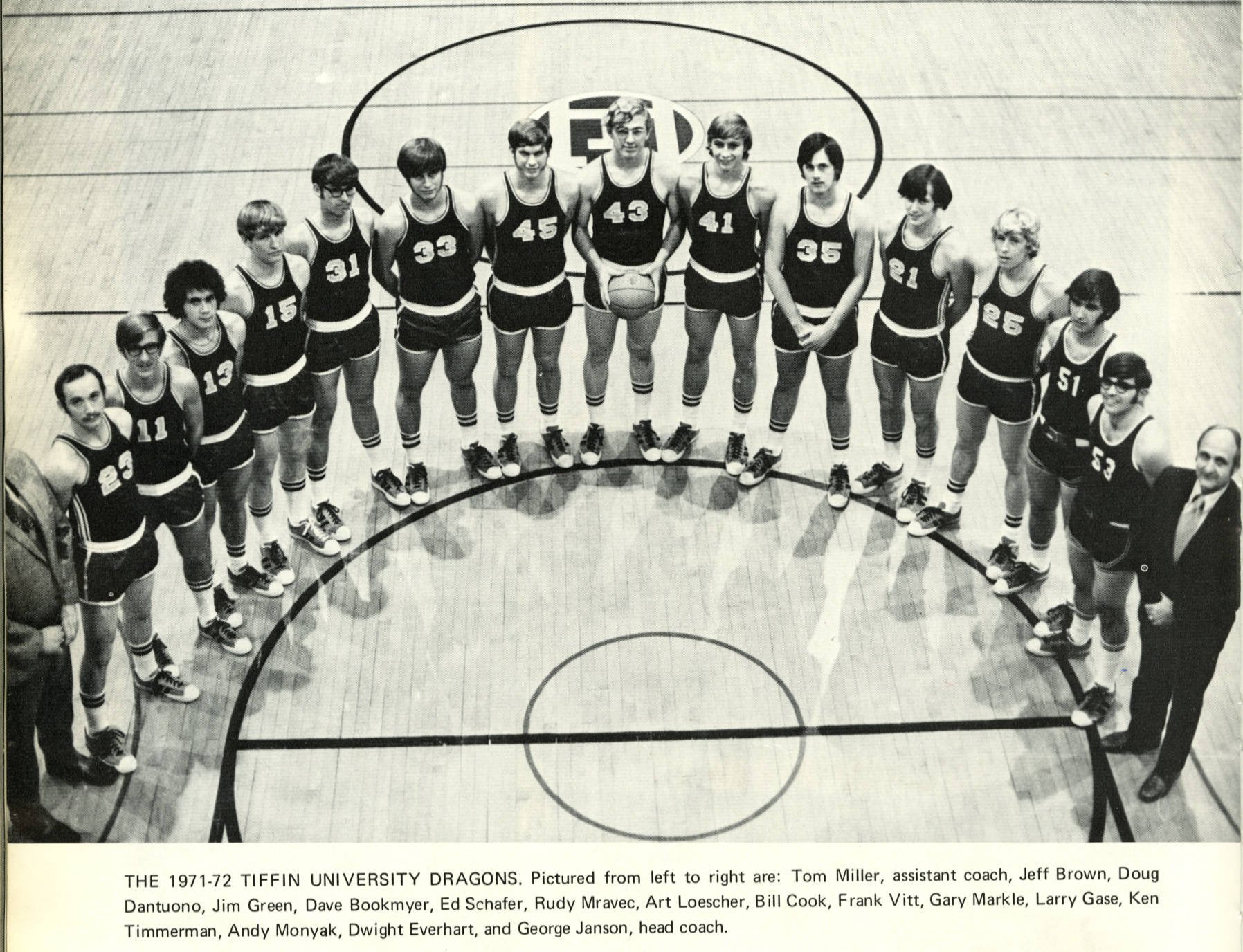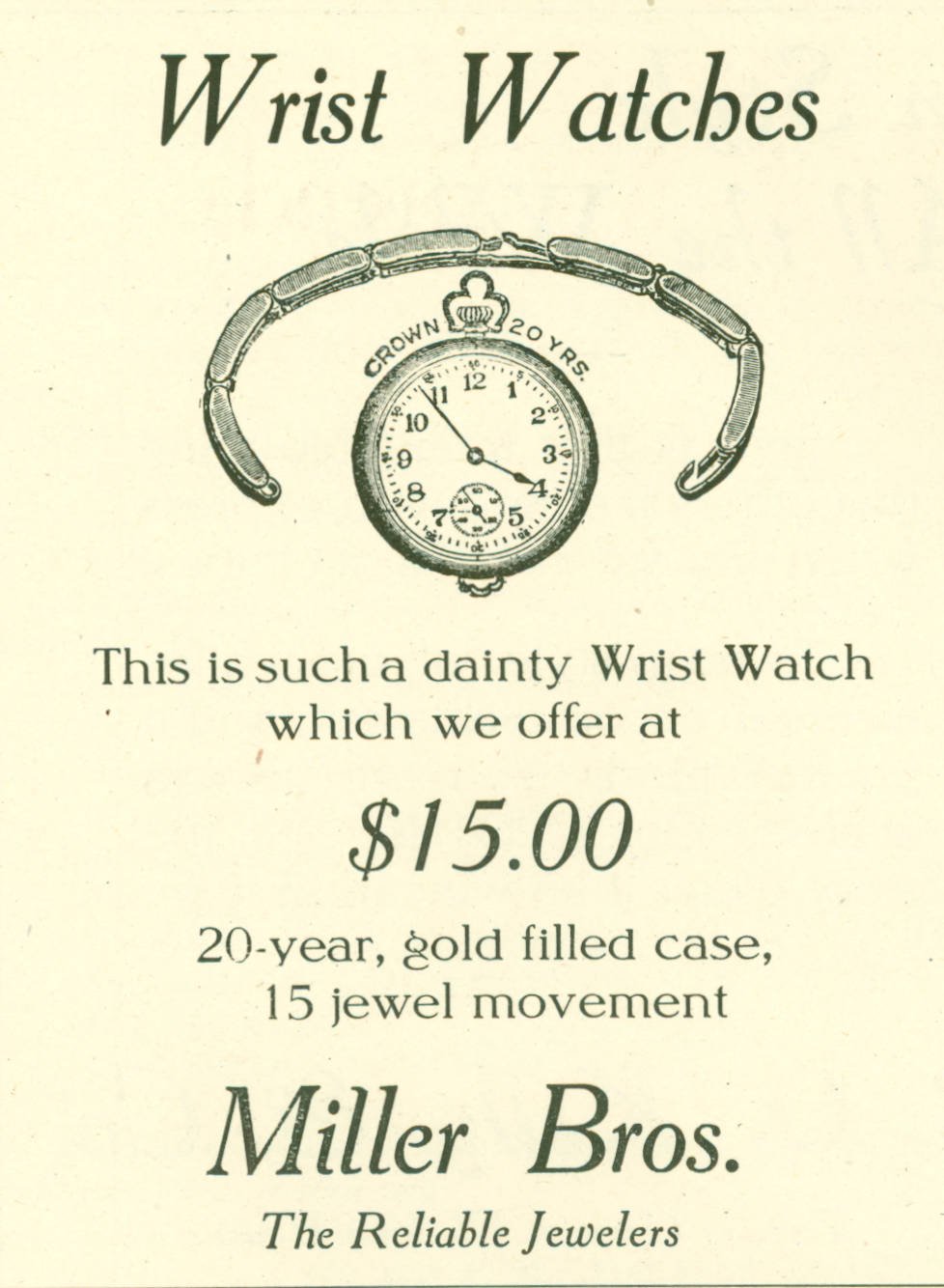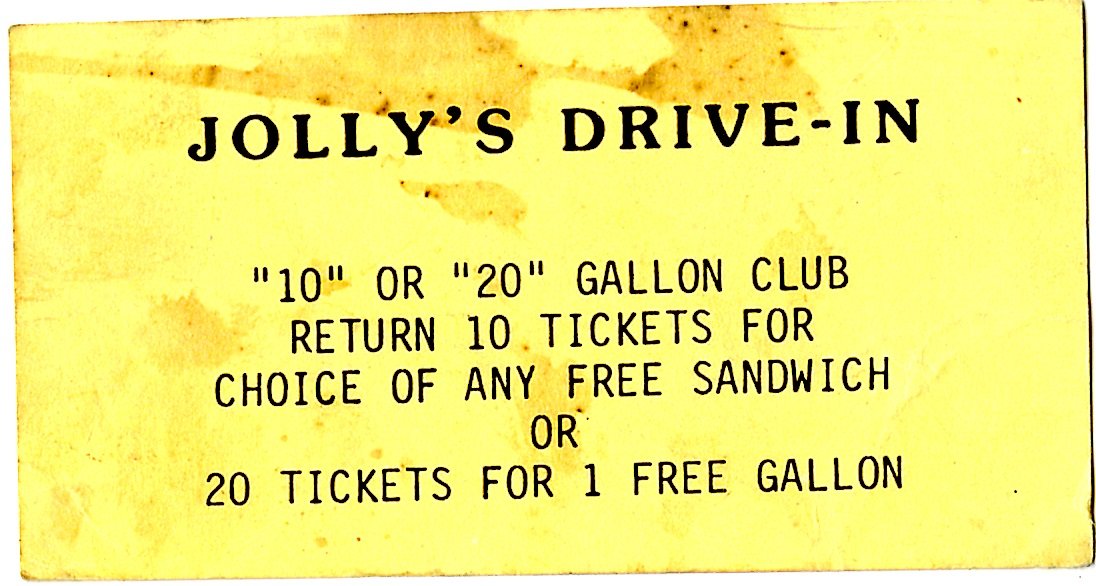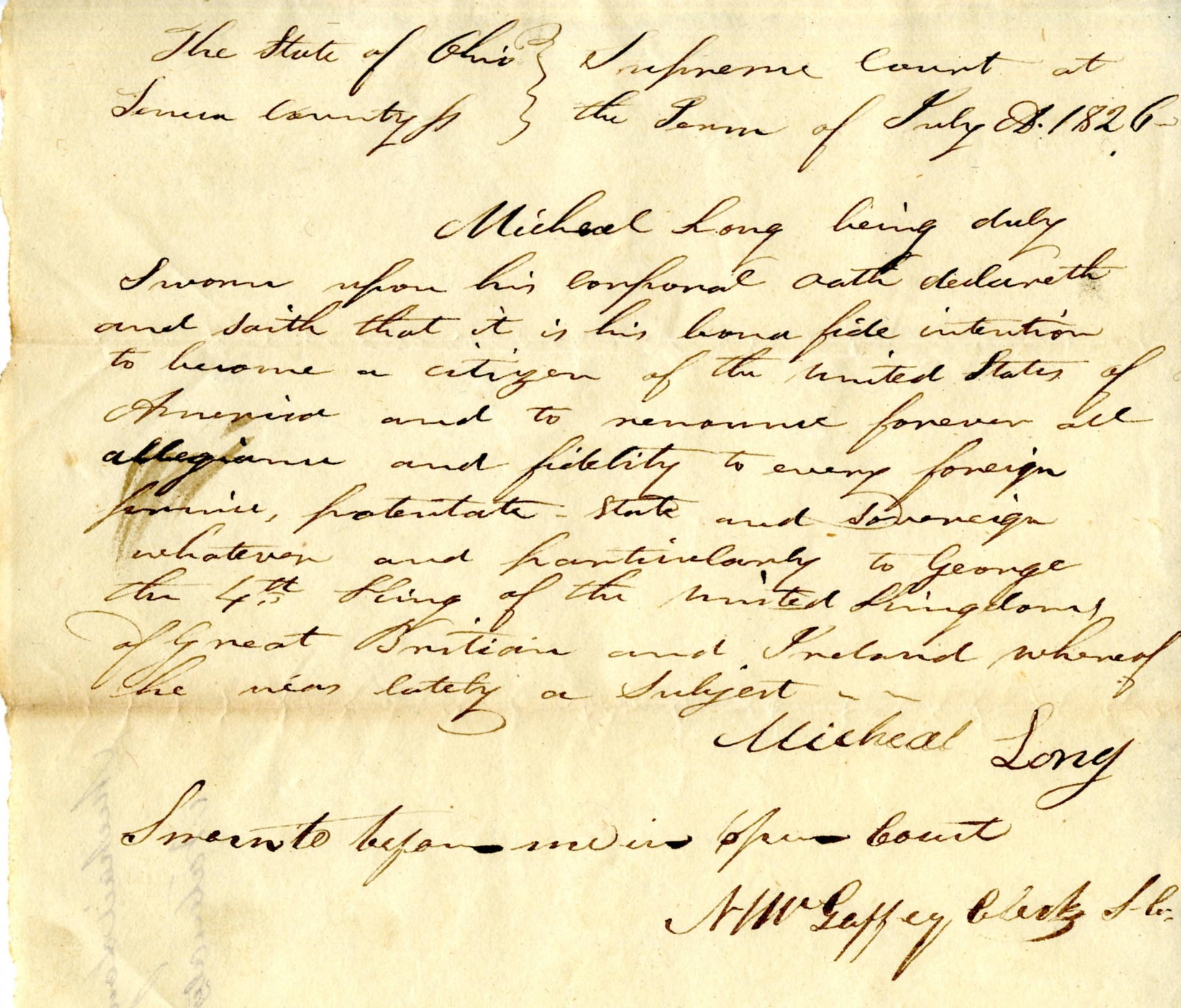By Emily Rinaman, Technical Services Manager
Do you remember your kindergarten class? Did you even attend kindergarten? My first day of kindergarten was in the fall of 1990, long after kindergarten had become a permanent fixture in public schools. Even since then, kindergarten has evolved into something probably almost unrecognizable to the early embracers of the concept of kindergarten. These days, every spring, parents of preschoolers anxiously await the results of their child’s kindergarten screening, a big milestone for most four and five-year-old children.
The term kindergarten in German literally means “Garden of Children.” Historically, it was organized to teach basic foundations such as letters and numbers and also develop young children’s social skills. The man credited for inventing kindergarten, Friedrich Froebel, felt music, nature, literature, and geometry were the keys to setting young children up for success. These rudimentary kindergarten classes focused on recognizing patterns and were a loose form of art classes featuring lots of hands-on building with an array of materials. Children were expected simply to develop creativity, motor skills, and self-expression.
The first kindergarten appeared in German in 1837, just as German immigrants were starting to immigrate to the United States in large numbers. The first American kindergarten class was initiated in 1856 in Wisconsin with other states with large amounts of native Germans, like Missouri, Illinois, Pennsylvania, Minnesota and Ohio quickly following suit. However, since kindergarten was an extra-curricular, most often it was children from middle and upper-class families who sent their offspring to these new schools. Efforts were made in various urban areas to create free kindergartens.
By the middle of the 20th century, most schools in Seneca County had kindergarten classrooms, although it wouldn’t be required until much later. This photo is taken from “Tiffin, Ohio a Good Place to Teach-a Good Place to Live” on the Seneca County Digital Library.
By the late 1800s, kindergarten classes started to develop in Tiffin, although they were seen as somewhat separated entities to the main schools. The Ursuline Convent built a three-story school building in 1878 on the same property where Calvert High School now stands and this was the first school in Tiffin to include a kindergarten. While the rest of the classes were an all-girls boarding school, the kindergarten welcomes both boys and girls. When Tiffin’s inaugural kindergarten was only a few years old, the number of kindergarten classes on a national level had grown exponentially from a few thousands to over 20,000.
The Junior Home (now the grounds of the Tiffin Developmental Center), had started its kindergarten in 1903 which “proved a success in the training of the children of preschool age.” Tiffin Schools eventually started to produce future kindergarten teachers, such as Eva Huber, who attended Chicago Kindergarten College in 1902, and “Gertrude,” who taught kindergarten in Toledo in the 1920s and emphasized she “wouldn’t trade her position for a thousand dollars in cash”.
The development of kindergarten stalled during the Great Depression and didn’t resume morphing until well after World War II ended. It was during the 1950s and 1960s when more concrete rules were put in place for how kindergartens operated. New Jersey, for example, was one of the first states to limit class size, and the minimum age became more important. When Risingsun built an addition onto its school in 1954, a modern kindergarten room was one of the new features. Likewise, when Green Springs consolidated with Clyde, it made sure to include a kindergarten class.
The Clinton Township Kindergarten Class of the 1962-1963 school year. Do you recognize anyone? More photos like this one can be found on the Seneca County Digital Library.
Midway through the ‘60s, at least half to three quarters of five-year-old children were enrolled in kindergarten as it continued to be optional. In Seneca County, the trend was evident as new kindergarten programs popped up seemingly overnight. New Riegel began its first kindergarten in the New Riegel American Legion in 1972 and just three years later, Rev. James Steinle, pastor at St. Joseph Catholic Church in Tiffin, incorporated kindergarten at St. Joseph Catholic Elementary.
One major game-changer was funding. Within a nine-year timespan in the late ‘60s and early ‘70s, almost 20 states started funding kindergarten and at the end of the decade, only Mississippi and North Dakota had left their kindergarten population in the dust.
At the start of the 1980s, Tiffin had 23 “special elementary” teachers spread across art, music and kindergarten. At this point, kindergarten started to become more advanced with attention on what lay ahead – first grade. Across the country, close to 90 percent of five-year-old children attended kindergarten by this point as states had begun to require kindergarten.
Today, it is now a law in the state of Ohio (in addition to just 18 other states) to attend kindergarten, although parents can still opt for half-day or full-day options. Five and six-year-olds in most kindergarten classes across the country are expected to form complete sentences and do simple mathematical equations before they even begin first grade. The State of Ohio standards say by the end of kindergarten, students must be efficient in computer science, be able to read maps and name several different musical instruments, just to name a few requirements.
So, if you know a future kindergartener who has recently passed their kindergarten screening or will be experiencing kindergarten screening soon, congratulate them. Wish them ‘good luck.’ Kindergarten is certainly a big step.
Works cited:
Annual Report of the Board of Education of the City of Tiffin, Ohio August 31, 1893. https://ohiomemory.org/digital/collection/p15005coll27/id/35431
Between the Eighties, Tiffin, Ohio 1880-1980. https://ohiomemory.org/digital/collection/p15005coll27/id/65422
Cascio, Elizabeth U. “What happened when kindergartens went universal?” Education Next. Vol. 10, No. 2. https://www.educationnext.org/what-happened-when-kindergarten-went-universal/
Constance, Mackenzie. “Kindergartens: A History (1886), Free Kindergartens.” Social Welfare History Project, Virginia Commonwealth University. https://socialwelfare.library.vcu.edu/programs/education/kindergartens-a-history-1886/#:~:text=In%201837%20Froebel%20opened%20the,kindergarten%20in%20Boston%20in%201860.
Eschner, Kat. “A Little History of American Kindergartens.” Smithsonian Magazine, May 16, 2017. https://www.smithsonianmag.com/smart-news/little-history-american-kindergartens-180963263/
A History of New Riegel. Seneca County Digital Library.
Junior Home History of the National Orphans Home (Tiffin, Ohio). https://ohiomemory.org/digital/collection/p15005coll27/id/4401
Kindergartens. Ohio History Central. https://ohiohistorycentral.org/w/Kindergartens
Ohio Department of Education, Standards by Grade Level, Kindergarten. PDF, 34 pages. https://education.ohio.gov/getattachment/Topics/Learning-in-Ohio/OLS-Graphic-Sections/Learning-Standards/Kindergarten-Standards.pdf.aspx?lang=en-US
Risingsun, Ohio. https://ohiomemory.org/digital/collection/p15005coll27/id/30057
Seneca County, Ohio History & Families. Seneca County Digital Library.
Seneca County Digital Library. https://ohiomemory.org/digital/collection/p15005coll27/search
A Survey of Local Government Tiffin, Ohio – 1972. https://ohiomemory.org/digital/collection/p15005coll27/id/63667
Tiffin High School Green & Gold 1920. https://ohiomemory.org/digital/collection/p15005coll27/id/29031
Tiffin-Know Your City. Seneca County Digital Library. https://ohiomemory.org/digital/collection/p15005coll27/id/27712
Tiffin Public Schools Report of the Board of Education for the School Year Ending August 31, 1902. https://ohiomemory.org/digital/collection/p15005coll27/id/35573
Zoromski, Kevin and Insa Raymond. “Why is Kindergarten called Kindergarten?” Michigan State University Extension, Early Childhood Development. Dec. 20, 2019. https://www.canr.msu.edu/news/why-is-kindergarten-called-kindergarten



